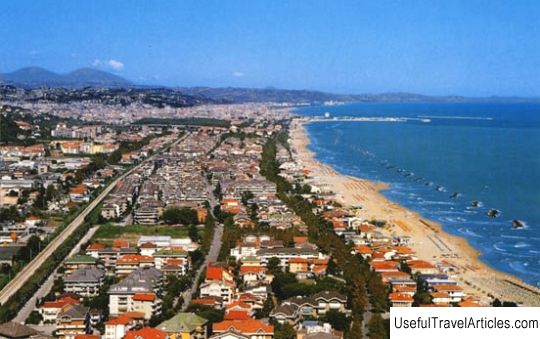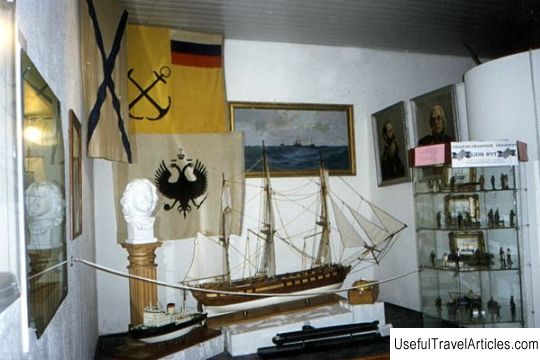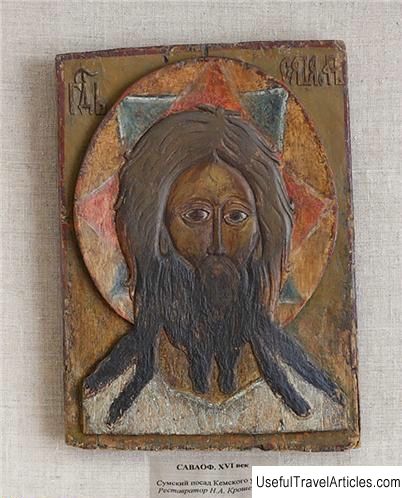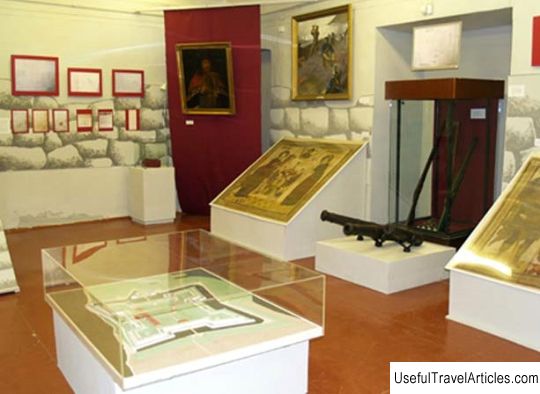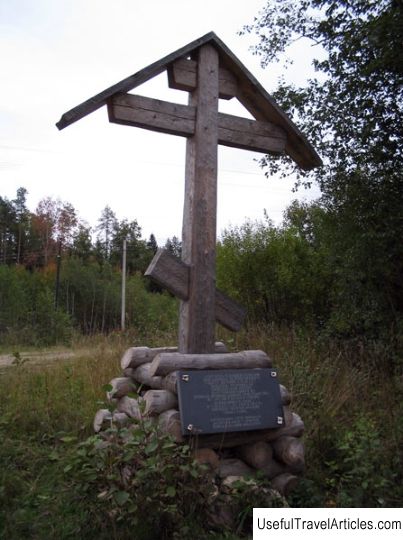Arkhangelsk courtyard of the Solovetsky monastery description and photos - Russia - North-West: Arkhangelsk
Rating: 8,4/10 (900 votes) 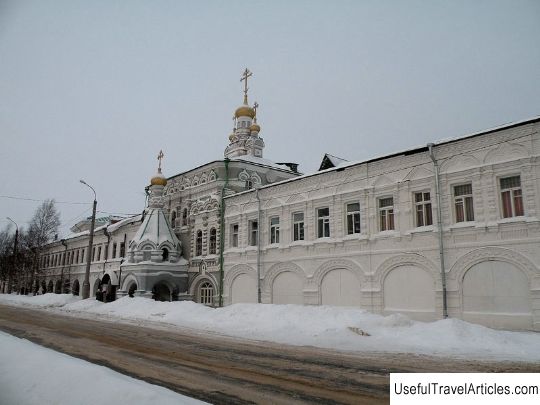
Arkhangelsk courtyard of the Solovetsky monastery description and photos - Russia - North-West: Arkhangelsk. Detailed information about the attraction. Description, photos and a map showing the nearest significant objects. Photo and descriptionThe famous Arkhangelsk courtyard of the Solovetsky Monastery is historically invariably associated with the founding of the city of Arkhangelsk, as well as with the period of its establishment, which dates back to the late 16th - early 17th centuries. In those days, Arkhangelsk was an ancient old Russian fortress, and its courtyard was originally located in the area where Detinets was located. In 1637, there was a terrible fire, as a result of which almost all the fortifications were burnt out, and the courtyard itself moved a little closer to the location of the marketplace, namely, to "Yuryev Zvoz". The Arkhangelsk courtyard played the role of an economic epicenter throughout the city. It is known that in those days the Solovetsky Monastery made a profit from salt production, fishing, and it also sent its products to Arkhangelsk for sale. Then the monastery really needed warehouses, cell buildings and retail outlets. In 1667, the courtyard already included four large wooden buildings, serving as a barn, a cell and a monastery courtyard. In 1729, the courtyard had seven spacious separate buildings that served as a rector's choir, administrative buildings, a barn, a cellar, a bathhouse and seven retail outlets. Today it is difficult to imagine the original appearance of the courtyard and its location. A fire broke out in it in 1733, 1745, 1793. But still, if we take into account the recognized tradition of constructing new buildings in previously existing places, then we can conclude that the location of the courtyard was on the site of the Yuryev Zvoz. In 1797, for the needs of the courtyard, a large stone house was purchased from the wealthy merchant Becker, which was located between the philistine house and the post office. These buildings were built according to the developed project, which is a stone house with small retail outlets in the lower part and living quarters in the upper part. Over time, the structure of the quarter has developed, where buildings still stand. At the beginning of the 19th century, the Arkhangelsk courtyard receives stone buildings, and soon after that it buys several urban plots. The last stage in the formation of the entire complex was the beginning of the 19th century, when the construction of the church was planned. A large number of representatives of the monastic brethren and pilgrims came to this place for shopping, which required a spacious room, where church services and divine services could be performed, but there was no such building. Pilgrims and brethren prayed in front of the face of Saints Savvaty and Zosimos of Solovetsky, which is on the wall in the icon case. In mid-1818, the Holy Synod decided to build a church in the courtyard, but the idea was not implemented, because most of the city priests temples considered this action completely superfluous, because the courtyard was located not far from the Nativity and Archangel churches. In 1920, a small chapel was built in the name of the Monks Savvaty and Zosima, for which reason the trading shops of the first floor were rebuilt. In the middle of the 19th century, the old wooden structures were radically replaced with stone ones. During 1851-1853, a stone building was erected on Bankovsky lane. In 1865, a premise was built "in the cellars", which was attached from the east to the stone building of administrative services. The Church of the Monks Herman, Savvaty and Zosima at the Solovetsky Compound in Arkhangelsk was consecrated in the fall of September 17, 1898. The temple was built with three domes and had a small bell tower above the entrance, which faced the Dvina embankment. Not only the walls, but also the ceiling of the church were skillfully painted with images of events from the holy life of the Solovetsky saints. The icons and paintings of the church, located in the iconostasis, were made by the monastery icon painters under the supervision of the elder, hieromonk Flavian. The church iconostasis was made of oak, carved and looked especially beautiful. In 1920, the Solovetsky courtyard was closed and nationalized. In the fall of 1922, all services ceased completely. The Arkhangelsk courtyard was restored in 1992, with the blessing of Alexy II. Today, the rector of the Solovetsky metochion in Arkhangelsk is Hieromonk Postolyako Stefan.         We also recommend reading House of the Governor-General description and photo - Ukraine: Kharkov Topic: Arkhangelsk courtyard of the Solovetsky monastery description and photos - Russia - North-West: Arkhangelsk. |
